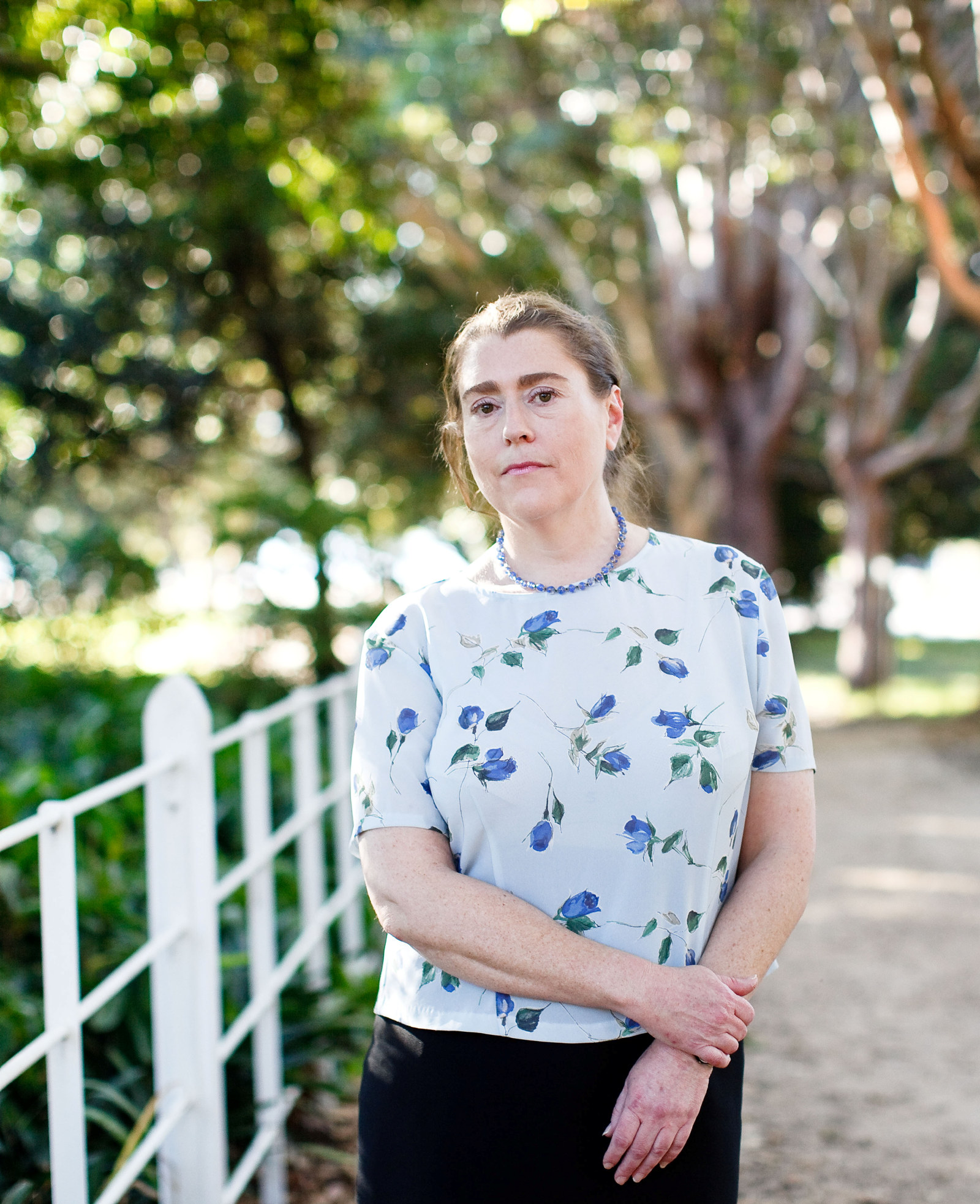Lewis Tod Solomons
1889–1953
This photograph of Lewis Tod Solomons, known as Tod, was found in an album owned by Alice Rouse, nee Hayle (1846–1919), wife of William Charles Rouse, which also contains a photograph of his father. The Rouses had a home in North Sydney near the Solomons family.
Tod was the youngest surviving child of auctioneer David William Solomons (1850–1914) and his wife, Frances (1857–1931). Educated at the Sydney Church of England Grammar School, he was an Australasian champion sprint swimmer (and briefly world record holder) and competitive and exhibition diver. A dedicated member of local swimming and surf clubs and representative swimmer for NSW, his exploits were regularly reported in the press. In 1909 Tod was described as ‘the darling of North Sydney water-bangers’.1
A keen lifesaver, he was awarded the Royal Humane Society gold medal for bravery after an attempted rescue in New Zealand. At the time he was said to have saved nearly 80 people.
Tod enlisted in October 1917, aged 28. Although he gave his occupation as insurance broker, he joined the Mechanical Transport Section; he had previously worked for the Sydney Overland car agency, and was listed on the electoral roll as a ‘motor expert’. In March 1918 he embarked on HMAT Runic, acting as a corporal on the voyage to England. After four months’ training on Salisbury Plain, Tod was sent to France to join the 2nd Mechanical Transport Company, and was subsequently appointed a driver.
In April 1919 Tod returned to England, where he was involved in two initiatives designed to keep troops awaiting repatriation occupied ‘in mind and body’. He was attached to the Australian Imperial Force Sports Section, part of the central Sports Control Board established to encourage sport and coordinate representative teams. At the Inter-Allied Games in Paris in mid-1919, Tod won his heat in the 100 metres freestyle and was only beaten in the final by world champion American swimmer Norman Ross. The AIF swimming team subsequently competed in Brussels and Antwerp. Tod then spent two months with a London preserved-provision merchant under the Non-Military Employment educational and vocational training scheme. He also gained his Royal Life Saving Society diploma.
Tod finally arrived home in February 1920. He returned to swimming for a time, and then took up yachting, again representing the state. During World War II he served with the Citizen Military Forces as a warrant officer with the 2nd Salvage Depot. He died on 18 August 1953, survived by his wife, Eileen, who died in 1966.
Footnote
- The Sydney Sportsman, 17 February 1909, p5.
Published on
